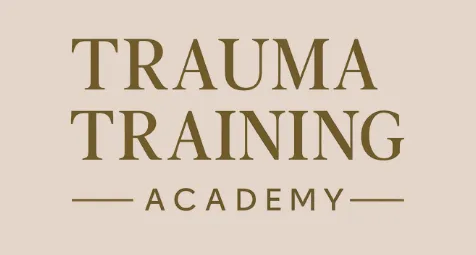Helping Therapists Build Confidence in Treating Trauma
… so you can stop second-guessing yourself in session and start helping your clients achieve real recovery.

Hey, I'm Joanna...
I’m a senior CBT and EMDR therapist with four degrees in psychology and psychotherapy — and more than 13 years specialising in trauma.
Over the years I’ve helped hundreds of clients recover from car accidents, workplace injuries, assaults, and other traumatic events.
What sets my work apart? I’ve consistently seen near-100% recovery rates in single-incident trauma cases, measured on the IES-R scale.
But it wasn’t always like this. When I started, I often doubted myself. Sitting across from a trauma client, I’d wonder if I was doing the right thing, if I was enough. Through relentless learning, trial, and practice, I built a framework that works — and now I want to share it with you.
As a therapist, do you sometimes…
Wonder if your initial training really equipped you with the practical skills needed to treat trauma effectively.
Worry you might overwhelm or re-traumatise a client with techniques like re-living or bilateral stimulation — or perhaps you don’t feel confident using them, or haven’t come across them before.
Feel anxious in sessions, afraid of “getting it wrong” with such a vulnerable client.
Notice yourself avoiding trauma cases because you don’t feel confident working with them
Wonder how to handle it if a client becomes highly distressed or dissociates.
Wish you had a clear, proven, step-by-step framework to follow.
If that’s you, this course was designed for you!
Would you like to:
Feel calm, confident, and fully equipped when working with trauma clients.
Know exactly what to do at each stage of treatment — no more second-guessing.
Trust that you’re using methods that are proven to help clients recover.
Experience the satisfaction of watching clients leave therapy free of symptoms and ready to reclaim their lives.
I know it’s possible to feel this way — I’ve been there myself, and you can get there too.
Here’s What You’ll Get Inside the Course:
✔ A step-by-step structure for working with trauma so you always know what to do next.
✔ Clarity on when to use — and when not to use — techniques like re-living and bilateral stimulation.
✔ Practical guidance on how to manage re-living without overwhelming your clients.
✔ Grounding strategies that truly work in real sessions.
✔ Tools to strengthen your own confidence, so you can stay calm, present, and effective.
✔ Videos and a workbook you can use directly with your clients — including a psychoeducational video that explains trauma in a way they’ll understand.
✔ A guided bilateral stimulation exercise to help you overcome your own fears about using trauma techniques.
✔ And because I care deeply about therapists too, I’ve included self-care tips that have helped me stay balanced and grounded in this work.

